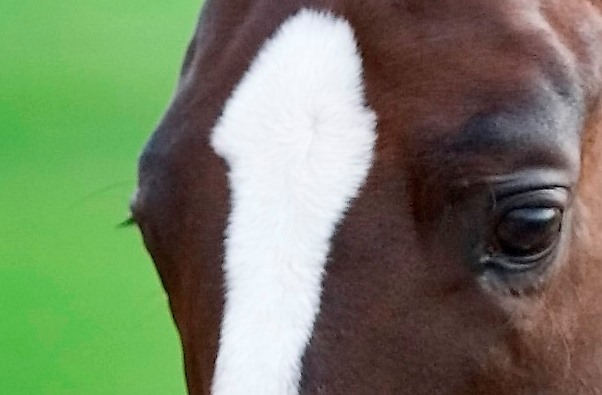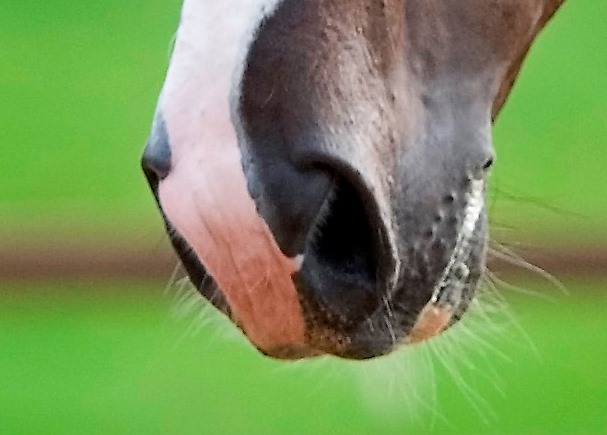


 |
 |
 |
PerformanceDue to the broad range of possible use of the horse, performance requirements and respective definitions of performance traits in the breeding programs show considerable variation. In the race horse, speed and depending on the racing distance either sprinting or staying abilities are of major interest. In the riding horse, the extent of specialization on a certain discipline is reflected: quality of gaits is of primary interest in the dressage horse, whereas jumping ability is in the focus of the breeding of show jumpers. However, some characteristics like rideability and trainability are important for any discipline of riding sport. And it should be stressed that this is surely true for riding sport in general, so the competition-oriented riding and all the various activities in leisure riding. The definition of performance traits in horses is therefore rather difficult, and the descriptions of performance and breeding goal characteristics provided by the studbooks are often vague and subjective. However, for targeted breeding measures it is extremely important that maximum objectivity is ensured in the routine data collection. Only then repeatability and comparability of the performance records can reach levels that promise a sound basis for selection and reasonable breeding progress. Sport data are of major importance for assessing the quality of riding horses with regard to their performance potential. However, the relevant impact of environmental factors on the performance in sports makes it rather difficult to evaluate the genetic potential of individual horses. Valuable information for the breeder is therefore coming from the performance tests in which the testing conditions are standardized for the particating mares (mare performance test, MPT) and stallions (stallion performance test, SPT, of varying duration; in Germany distinction between stallion ability test for young stallions, 30 days, and stallion performance test, 70 days or longer). Some studbooks offer additional young horse performance tests for 3-year-old and 4- to 5-year-old horses of either gender.
|
|
|
| www.equinephenotypes.org © 2023 | ||